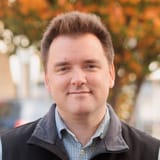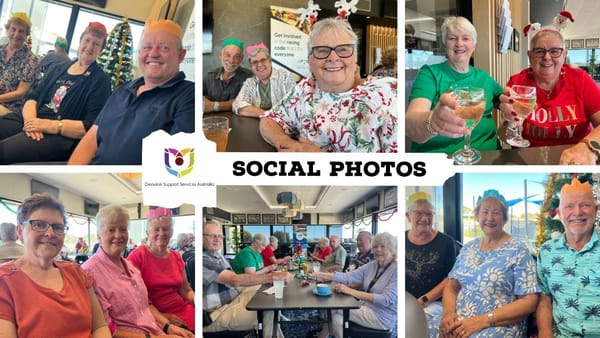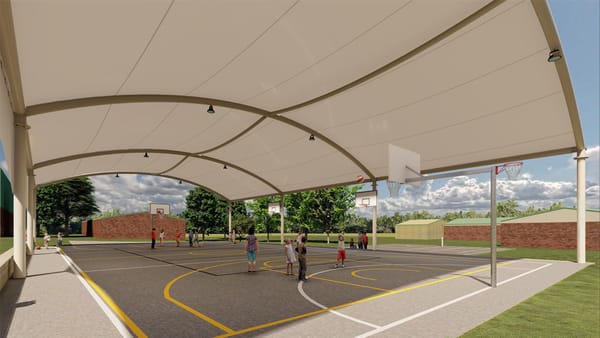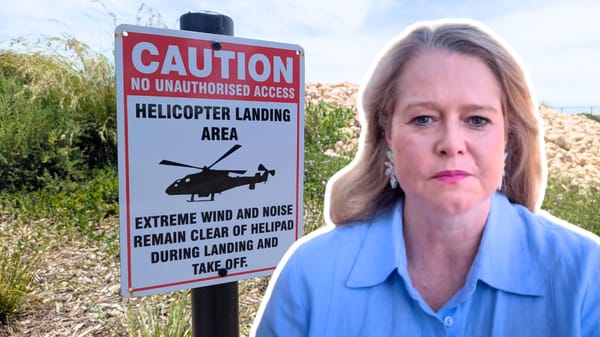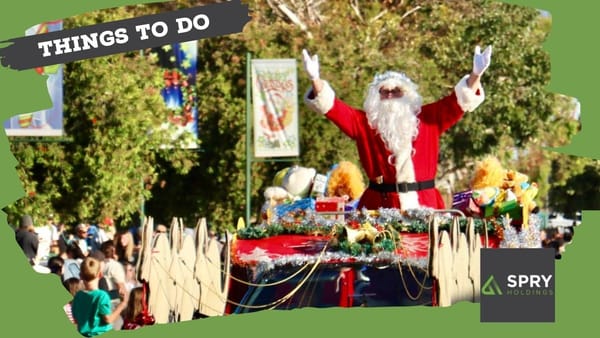Global trends will benefit the Murraylands, visionaries say
Two giants of Australian business and science have shared an encouraging vision with Murraylands residents as the mid-21st century approaches.
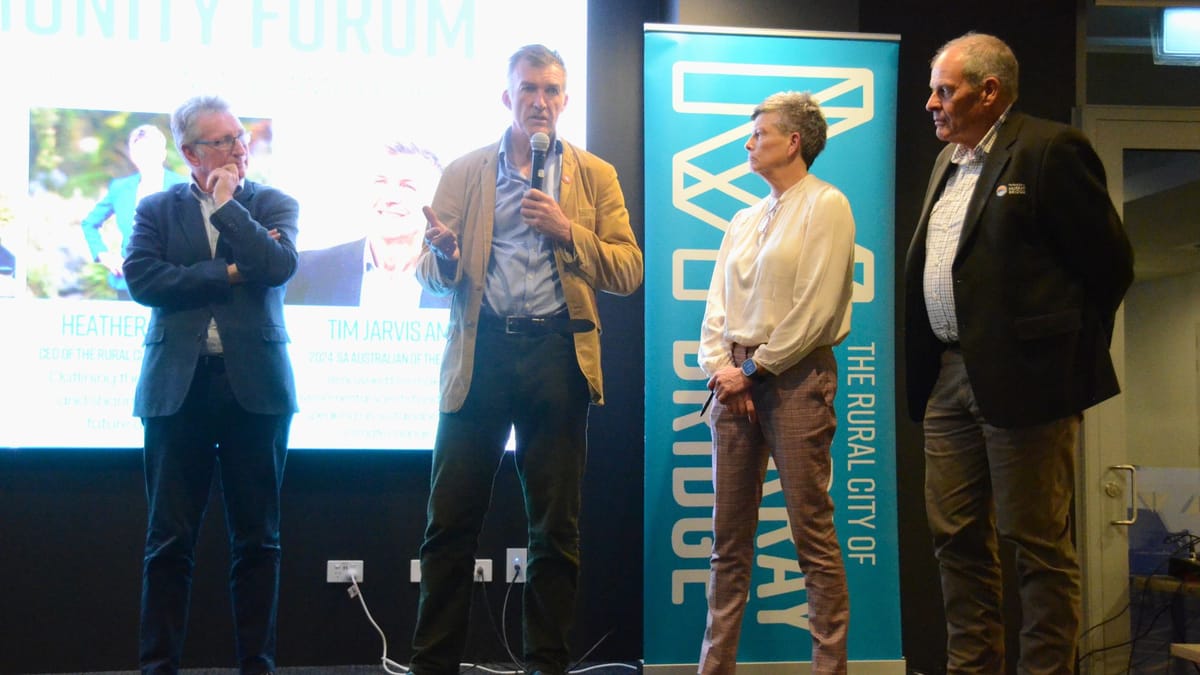
This story is now free to read. Help Murray Bridge News tell more stories like this by subscribing today.
Change will come to the Murraylands in the coming decades, but we’re well placed to weather the storm.
So say two leaders who shared their predictions for the 21st century in Murray Bridge last week.
One was Tim Jarvis AM, an environmental scientist, filmmaker and former South Australian of the Year.
The other was Barry Irvin, executive chairman of the Bega Group.
They gave notice that three huge trends would reshape the global economy between now and 2050:
- Sustainability: A shift away from a single-use economy to one in which more products were reused or recycled
- Climate change: Rising temperatures, changing weather patterns and major population shifts
- Biodiversity: Increasing value placed on preserving the natural environment
The good news?
Unlike many of the changes of the past half-century, those to come might benefit regular, everyday people: Murraylands business and land owners.
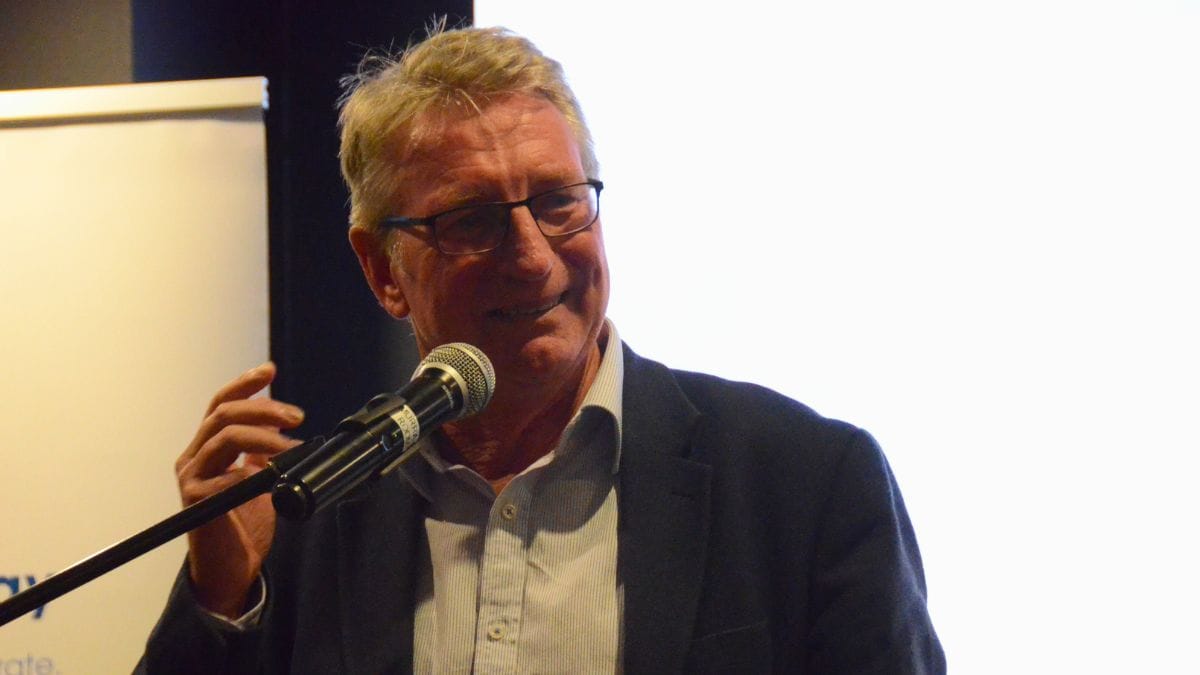
Welcome to the circular economy
Mr Irvin described Australia’s economy, for the most part, as a linear one: “We take a resource, turn it into something, use it and throw it away.”
Businesses in the Bega Valley had tried to adopt a better model: a circular one.
That meant using renewable resources, extending the amount of time a resource spent circulating in the economy, and disposing of resources more thoughtfully where needed.
Really, it was a buzzy way of saying that local businesses worked together to reduce waste and help each other out.
For example, a gin distillery had started using all the leftover packaging from Bega’s cheese factory.
“We didn’t know he existed and he didn’t know we had leftover packaging,” Mr Irvin said.
“Our burgeoning seaweed industry, among other things, is providing seaweed to the local chicken farm, which has improved the productivity of the chickens.
“The circular economy … can’t exist without the community.”
So far, he said, the biggest beneficiaries of the new approach had been small businesses.
The same concept could work in the Murraylands, he suggested, just as Regional Development Australia Murraylands and Riverland had intimated in recent years.
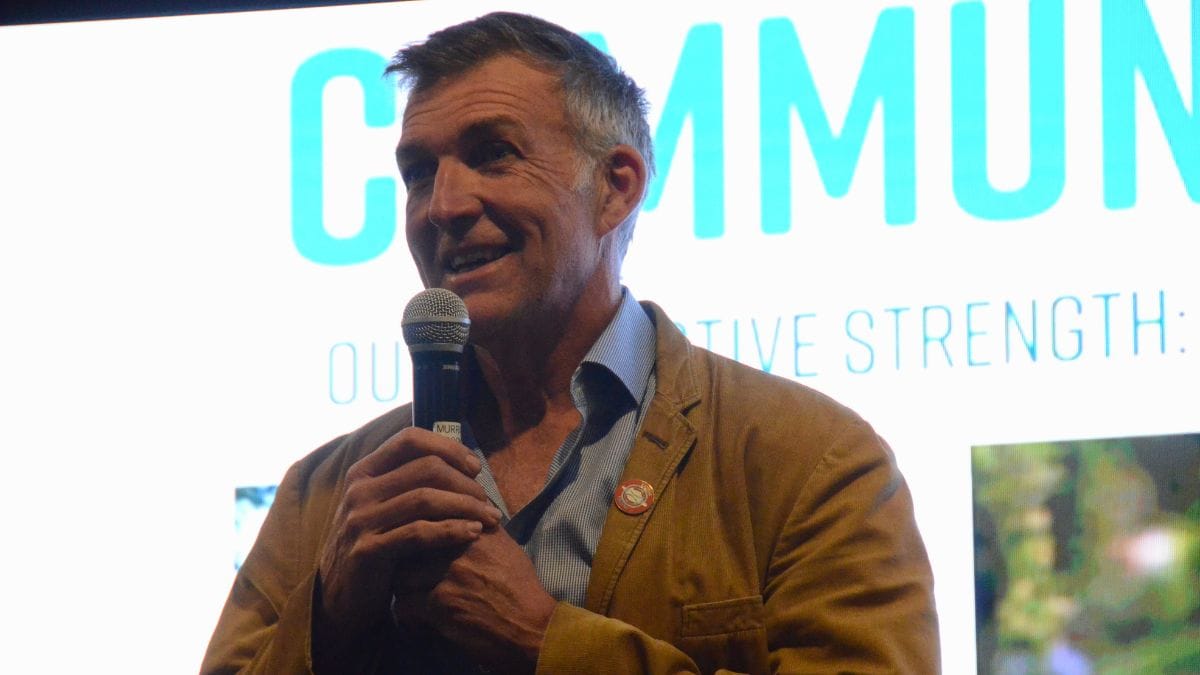
Money in the Mallee
As human beings, we had a moral responsibility to look after the world and its ecosystems, Mr Jarvis suggested.
But doing so made economic sense, too.
Five per cent of South Australian homes were already uninsurable because of the risk of floods or other natural disasters, and insurance everywhere else was getting more costly as risks rose.
Every degree of global warming would mean nine per cent less water in the Murray-Darling Basin, nine per cent less water for farmers to use.
On the flip side, Australia had an “unparalleled” opportunity to become a global energy superpower, he argued, purely by harnessing the open space, wind, sunshine, copper and rare earth minerals it had in abundance.
South Australian iron was better suited than that found elsewhere to be used in “green” steel production, a more environmentally friendly process which used hydrogen instead of coal.
Best of all for locals was the opportunity to profit from the Murraylands’ natural landscapes.
“One of the leading habitat types for taking carbon dioxide out of the atmosphere and combating climate change is mallee scrub,” he said.
“We’ve got the right type of climate to produce the types of vegetation we need to actually, physically remove CO2 from the atmosphere, and we can monetise that.”
In the name of good citizenship
The Wednesday night event, attended by about 100 people, was presented by the Australia Day Council of SA and Murray Bridge council.
The Australia Day Council’s Jan Chorley took the opportunity to encourage attendees to nominate people they knew for Australia Day awards and the national honours list: Order of Australia Medals and so on.
Mr Irvin followed the evening event with an appearance at an RDA breakfast the following morning, while local high schoolers benefited from a workshop with Olympian Catherine Freeman and body image expert Taryn Brumfitt the next day.

